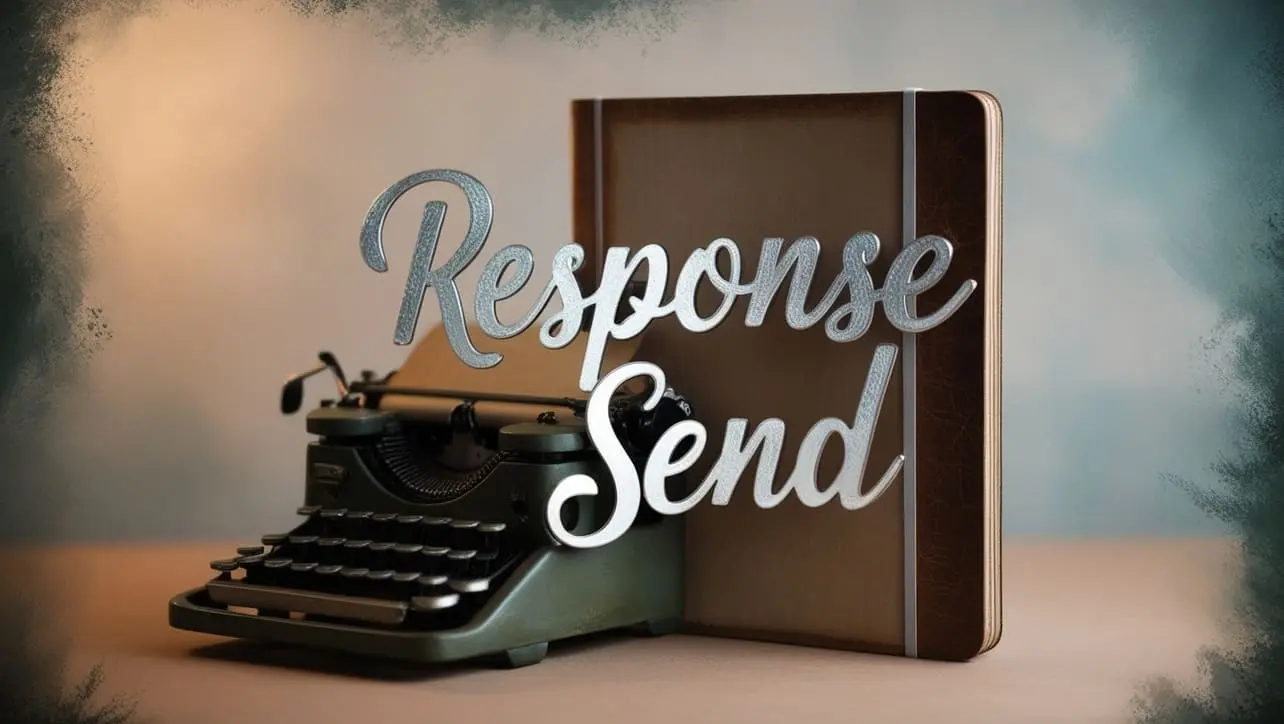
Express res.send() Method

Photo Credit to CodeToFun
🙋 Introduction
In the world of web development, sending responses to clients is a fundamental aspect of building dynamic applications.
Express.js, a powerful web application framework for Node.js, provides the res.send() method to streamline the process of sending various types of responses.
This guide explores the syntax, use cases, and best practices of the res.send() method in Express.js.
💡 Syntax
The syntax for the res.send() method is straightforward:
res.send([body])- body: The content you want to send in the response. It can be a string, Buffer, JSON object, HTML, or other valid response types.
❓ How res.send() Works
The res.send() method in Express.js is a versatile tool for sending responses to clients. It automatically sets the appropriate Content-Type header based on the provided content. If the content is a string, it assumes the Content-Type is 'text/html'.
app.get('/hello', (req, res) => {
res.send('Hello, Express!');
});In this example, the route /hello responds with the string 'Hello, Express!', and the Content-Type is automatically set to 'text/html'.
📚 Use Cases
Sending Text Responses:
Use
res.send()to easily send plain text responses.example.jsCopiedapp.get('/text', (req, res) => { res.send('This is a plain text response.'); });Sending JSON Responses:
Leverage
res.send()for sending JSON responses, automatically setting the Content-Type to 'application/json'.example.jsCopiedapp.get('/json', (req, res) => { const data = { message: 'Express is awesome!', status: 'success' }; res.send(data); });
🏆 Best Practices
Set Status Codes Explicitly:
Set status codes explicitly for better clarity and to ensure that clients interpret the response correctly.
example.jsCopiedapp.get('/error', (req, res) => { res.status(500).send('Internal Server Error'); });Use res.json() for JSON Responses:
While
res.send()can handle JSON responses, consider using res.json() for improved readability and to make your intentions clear.example.jsCopiedapp.get('/json', (req, res) => { const data = { message: 'Express is awesome!', status: 'success' }; res.json(data); });
🎉 Conclusion
The res.send() method in Express.js simplifies the process of sending responses to clients. Whether you're sending plain text, HTML, or JSON, res.send() adapts to your content and handles the necessary details behind the scenes.
Now equipped with knowledge about the res.send() method, enhance your Express.js applications by crafting efficient and dynamic responses for your users!
👨💻 Join our Community:
Author

For over eight years, I worked as a full-stack web developer. Now, I have chosen my profession as a full-time blogger at codetofun.com.
Buy me a coffee to make codetofun.com free for everyone.
Buy me a Coffee












If you have any doubts regarding this article (Express res.send() Method), please comment here. I will help you immediately.